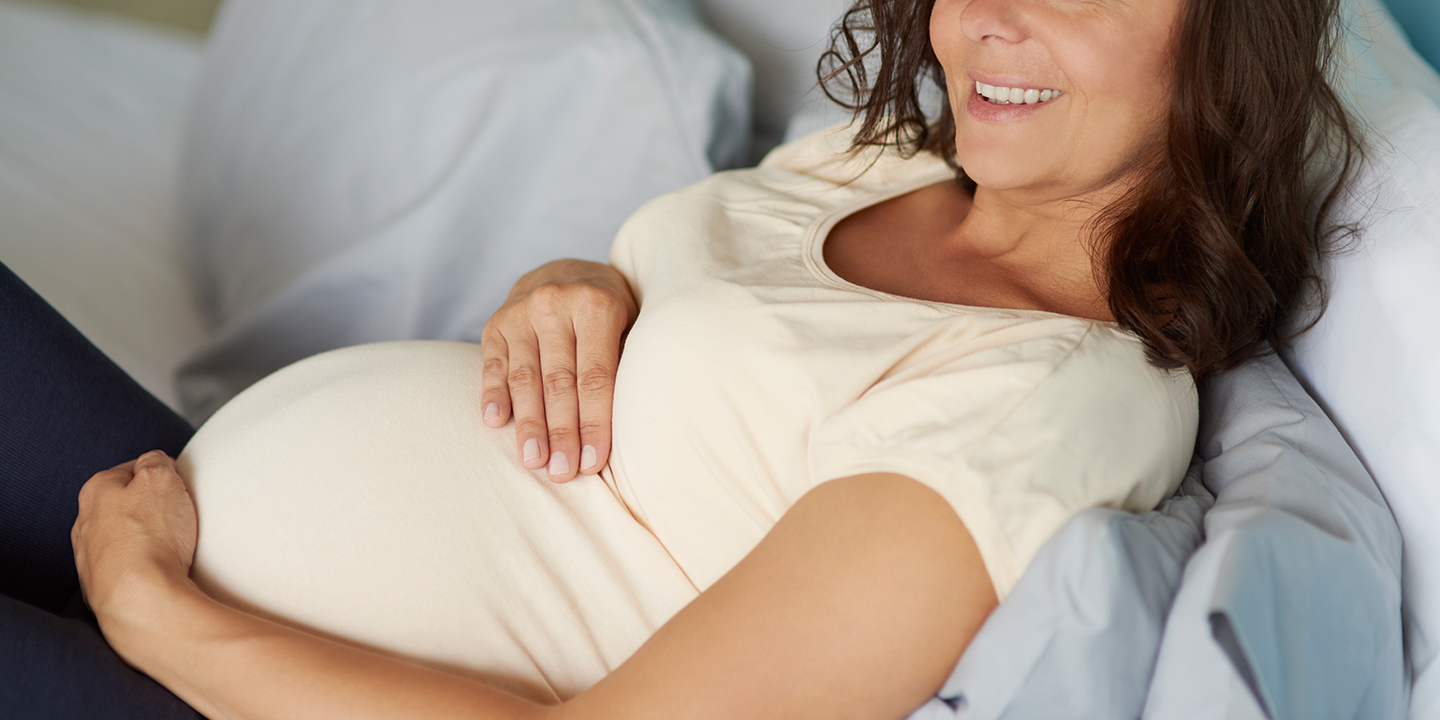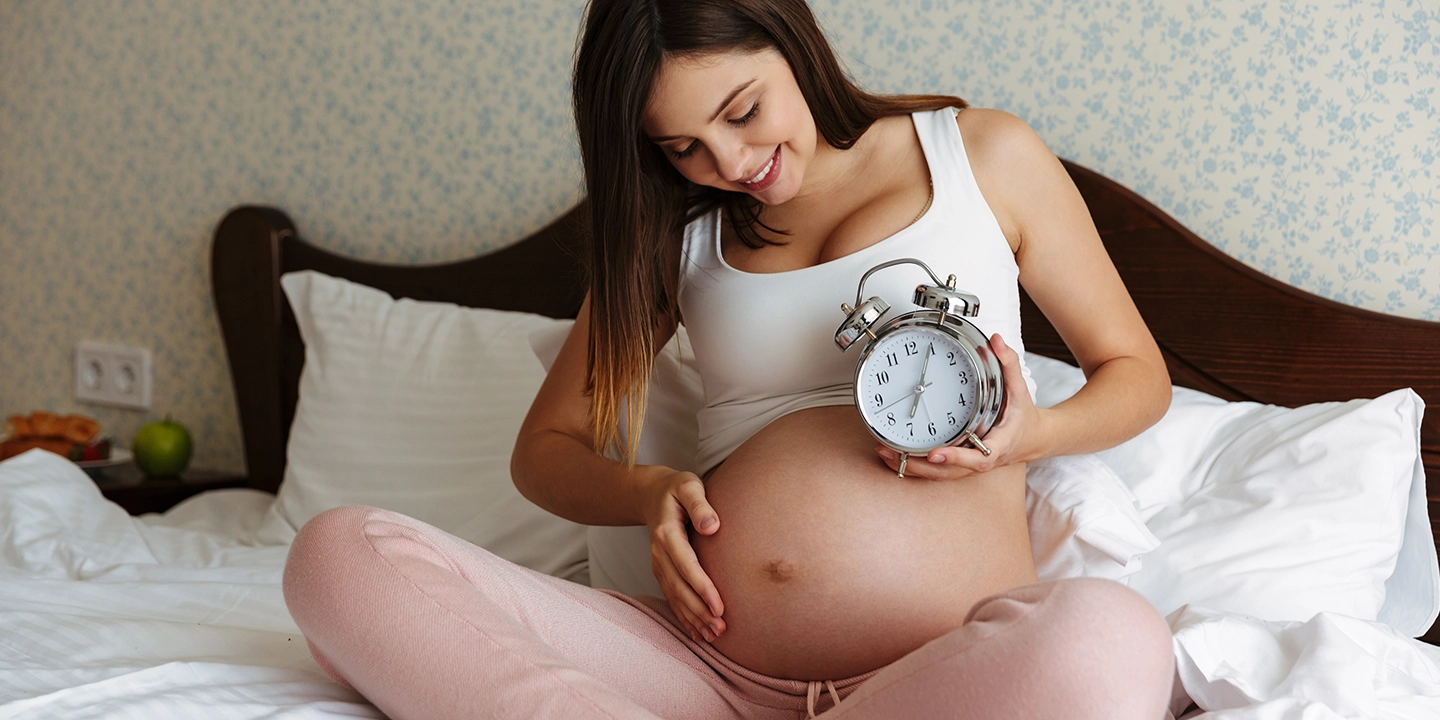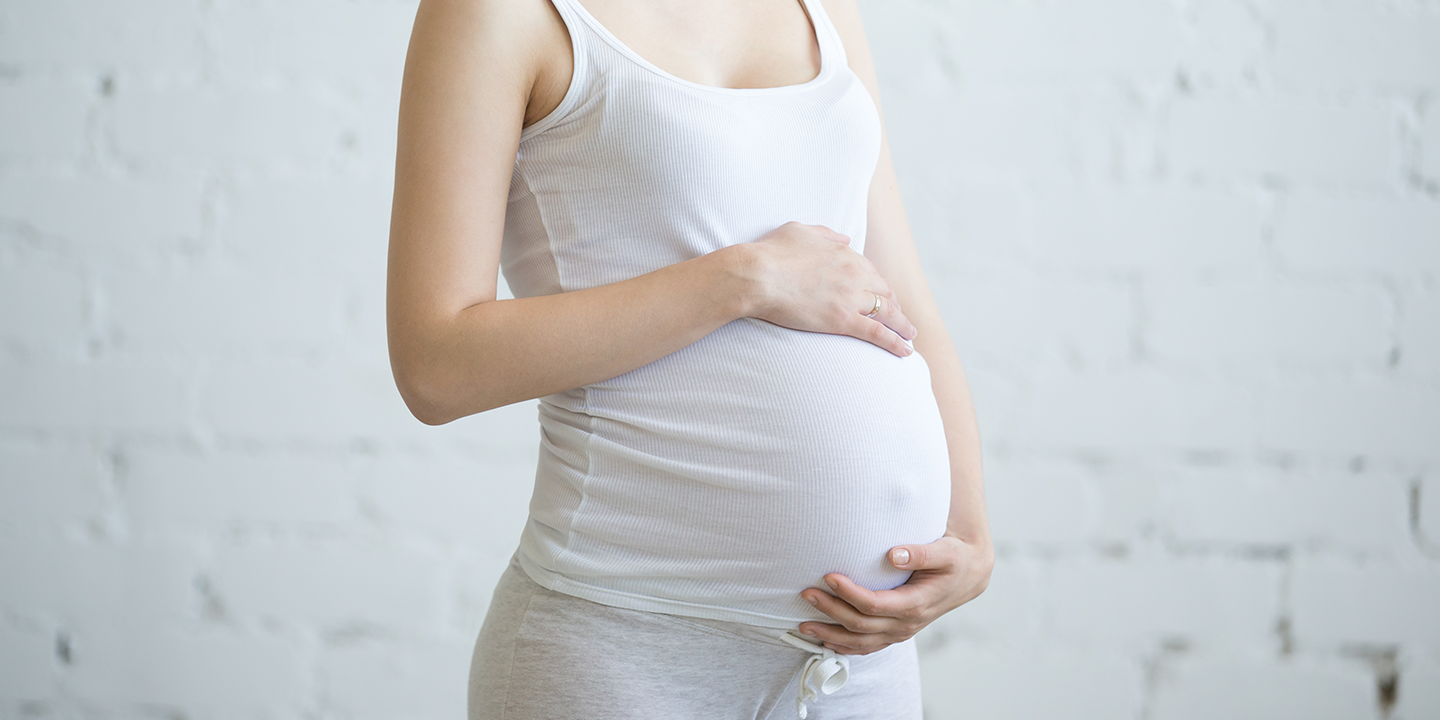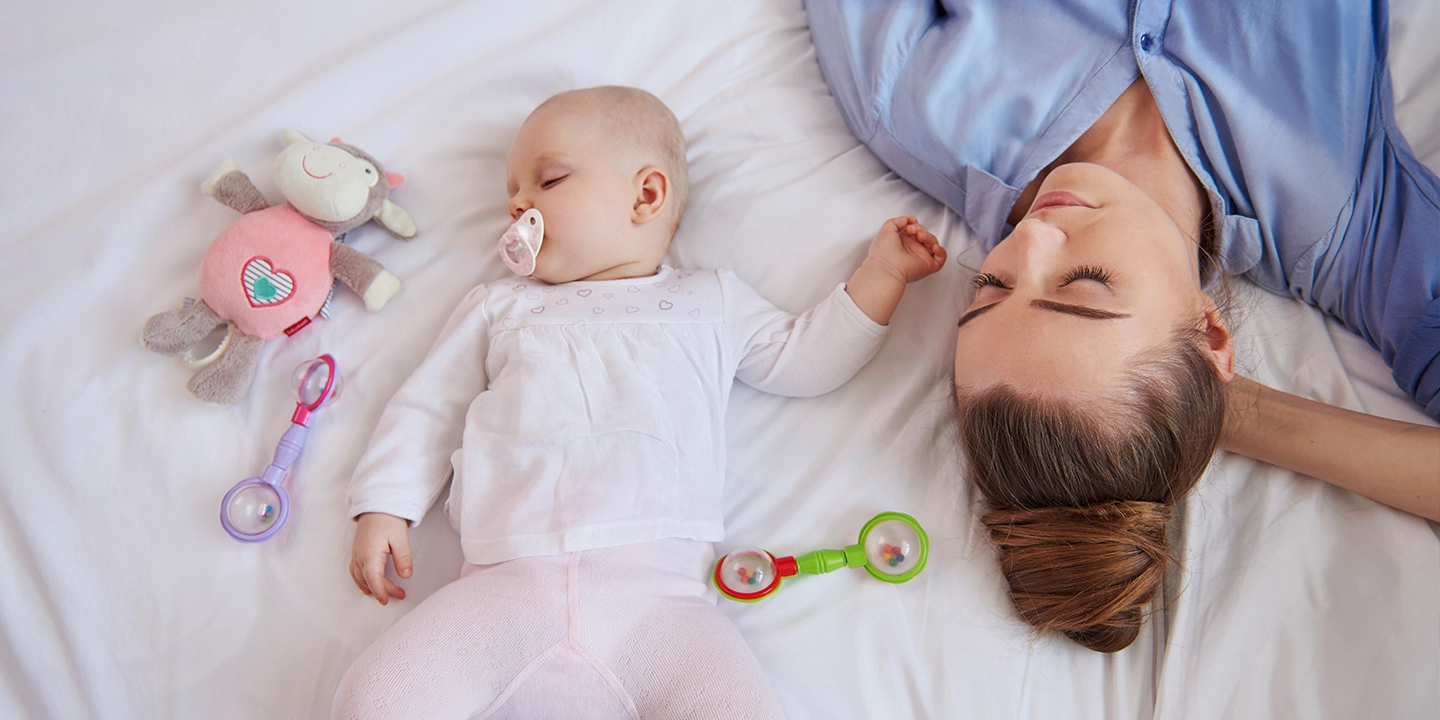
As you reach the 22-week mark of your pregnancy, you’re likely to experience a strong sense of being truly pregnant. Your baby bump is expanding, and the anticipation of your little one’s arrival is growing.
Amidst the multitude of activities in your life, it’s normal to feel overwhelmed. That’s why we’ve crafted a useful guide specifically for the 22nd week of pregnancy.
This guide will provide you with valuable information about the symptoms you might encounter, insights into your baby’s development, and important inquiries to discuss with your healthcare provider.
Take a moment to unwind and delve into the following details!
In this Article
22 Week Pregnant – Baby Development
Here are the key points about the 22nd week of pregnancy:
- At 22 weeks, your baby is about the size of a coconut, measuring approximately 10.9 inches from the crown of the head to the heel of the foot and weighing around 15 ounces.
- Your little one now has tiny eyebrows.
- Around this time, your baby becomes more responsive to sounds. You may even notice them reacting to a sound during an ultrasound.
- At 22 weeks, your baby’s sense of touch has developed.
- The baby’s tear ducts are currently developing.
- By this stage, the baby’s heartbeat can usually be heard using a stethoscope.
- Rapid growth is occurring, and your baby is absorbing more calcium for healthy development, particularly for the bones and teeth. The skeleton continues to harden.
- Baby’s hands are gaining independence and can move more freely. They can touch one hand with the other, cross their hands, and may even grasp the umbilical cord.
Related Blog: 20 Week Pregnant: Symptoms, Tips and Baby Development
22 Weeks Pregnant Is How Many Months?
At 22 weeks pregnant, you are approximately 5 months and 2 weeks into your pregnancy. Pregnancy is typically calculated as lasting for approximately 40 weeks, which is about equal to 9 months and 1 week. However, the exact number of days and weeks in each month can vary, so the month-to-week conversion may not be exact.
22 Weeks Pregnant Bump
Each pregnancy is a distinct journey, and at 22 weeks pregnant, your baby bump may vary in visibility. It could be quite prominent, or perhaps it can still be easily concealed. As your baby and your belly grow, you may start feeling fetal kicks. You can even start fetal movement counting.
If you had a prenatal checkup recently, typically between 20 to 22 weeks, your healthcare provider might have measured your fundal height. This measurement involves assessing the stretch from your pubic bone to the top of your uterus, providing valuable insights into your baby’s development. You may also have got done anomaly scan or level 2 scan before 22 weeks and discussed with your doctor.
Related Blog: 8 Surprising Things Unborn Babies Usually Do In The Womb
22 Weeks Pregnant Symptoms
- Outie belly button
Your belly button may invert, creating an outie, as a result of your expanding belly. Rest assured; it will return to its previous state.
- Stretch marks
Scars are caused by rapid stretching, which may fade in colour after delivery but could remain visible to some extent.
- Increased sex drive
Some expectant mothers may experience a boost in libido due to hormonal fluctuations during this stage of pregnancy.
- Swollen hands and/or feet
Mild swelling is typical due to increased bodily fluids, subsiding after childbirth, but sudden or severe swelling should be promptly addressed with your healthcare provider.
- Increased vaginal discharge
You may notice an increase in vaginal discharge, which is a normal response to heightened blood flow, aiding in lubrication.
- Backaches
Back pain arises from the additional pressure of the growing baby and the added weight. Using a heating pad, getting a prenatal massage, or using a body pillow can offer relief.
- Trouble catching breath
As your baby occupies more space, you may experience difficulty breathing occasionally. Avoid pushing yourself during physical activity and take breaks when feeling breathless.
- Hair issues
Hormonal changes may result in thick, lustrous hair growth or thin, limp hair. Hair changes are common during and after pregnancy but usually normalize over time.
Related Blog: 19 Week Pregnant: Symptoms, Tips, and Baby Development
22 Weeks Pregnant – Tips to Follow
- Ask about fFN screening to assess the risk of preterm labour and plan appropriate care.
- Magnesium is important, so ensure sufficient intake for bone health and energy levels.
- Fit in a workout as exercise benefits baby’s brain development and boosts strength.
- Avoid Botox and fillers due to uncertain safety during pregnancy.
- Find calm through visualization, muscle relaxation, and deep breathing.
- Practice saying no and set boundaries for unsolicited comments and belly touches.
- Take advantage of feeling good and utilize second-trimester energy for trips and projects.
- Practice breathing techniques and breathe through Braxton Hicks to prepare for labour.
- Nourish your body and support your baby’s development with prenatal and healthy eating.
Takeaway at Twenty-Two Weeks Pregnant
At twenty-two weeks pregnant, your baby is approximately the size of a coconut and measures around 10.9 inches long. They are becoming more responsive to sounds, and their tear ducts are developing. Meanwhile, you may experience symptoms like stretch marks, increased sex drive, and swollen hands or feet. Remember to practice saying no to unsolicited belly touches and comments.
Keep up with healthy eating and prenatal vitamins, and consider planning a maternity portrait session. For expert care during your pregnancy journey, visit Queen’s Gynecology, where our dedicated team will provide comprehensive support and guidance for you and your baby.
Summary
When you are 22 weeks expectant, your baby is growing rapidly and becoming more responsive. You may experience symptoms such as stretch marks, swollen hands or feet, and an outie belly button. Tips for this week include practising relaxation techniques, staying active, and ensuring proper nutrition. It’s important to set boundaries for unsolicited comments and belly touches. Consider asking about fFN screening for preterm labour risk assessment. Enjoy your second-trimester energy, and take care of your well-being. Remember to consult any problems with your medical practitioner.
| Week | Pregnancy Symptoms | Tips and Advice | Baby Development |
| Week 1 | – Missed period | – Take a home pregnancy test | – Fertilization occurs |
| Week 2 | – Tender breasts | – Begin taking prenatal vitamins | – Blastocyst implants in the uterus |
| Week 3 | – Fatigue | – Schedule your first prenatal visit | – Embryonic development begins |
| Week 4 | – Morning sickness starts | – Avoid alcohol, smoking, and caffeine | – Neural tube forms |
| Week 5 | – Increased urination | – Eat a balanced diet | – Heart starts beating |
| Week 6 | – Mood swings | – Stay hydrated | – Brain and head development |
| Week 7 | – Constipation | – Start gentle exercise | – Limb buds form |
| Week 8 | – Food cravings | – Get plenty of rest | – Webbed fingers and toes develop |
| Week 9 | – Weight gain begins | – Avoid raw or undercooked foods | – Tail disappears, now considered a fetus |
| Week 10 | – Visible baby bump | – Wear comfortable clothing | – Organs continue to develop |
| Week 11 | – Darkened areolas | – Practice relaxation techniques | – Baby can swallow and produce urine |
| Week 12 | – Reduced nausea | – Consider prenatal classes | – Sex organs distinguishable |
| Week 13 | – Increased energy | – Continue regular check-ups | – Baby’s fingerprints form |
| Week 14 | – Less frequent urination | – Plan for maternity leave | – Baby’s facial muscles develop |
| Week 15 | – Quickening (baby moves) | – Do pelvic floor exercises | – Baby can make facial expressions |
| Week 16 | – Round ligament pain | – Stay active with low-impact exercises | – Develops sense of hearing |
| Week 17 | – Nasal congestion | – Consider a prenatal massage | – Baby’s skeleton starts hardening |
| Week 18 | – Belly button changes | – Stay well-hydrated | – Vernix caseosa covers the skin |
| Week 19 | – Braxton Hicks contractions | – Eat small, frequent meals | – Baby’s kicks become stronger |
| Week 20 | – Leg cramps | – Begin monitoring baby’s movements | – Baby is covered in lanugo (fine hair) |
| Week 21 | – Shortness of breath | – Sleep on your side | – Eyebrows and eyelashes appear |
| Week 22 | – Linea nigra (skin darkens) | – Practice relaxation techniques | – Rapid brain development |
| Week 23 | – Backache | – Consider prenatal yoga or swimming | – Baby can recognize your voice |
| Week 24 | – Swollen ankles | – Elevate feet when sitting or lying | – Lungs continue to mature |
| Week 25 | – Increased appetite | – Continue regular prenatal check-ups | – Baby may respond to loud noises |
| Week 26 | – Heartburn | – Sleep with extra pillows for support | – Eyes open for the first time |
| Week 27 | – Braxton Hicks intensify | – Pack your hospital bag | – Baby can hiccup |
| Week 28 | – Trouble sleeping | – Monitor blood pressure | – Baby’s kicks become more regular |
| Week 29 | – Shortness of breath | – Avoid lifting heavy objects | – Baby’s bones fully developed |
| Week 30 | – Swollen hands | – Stay hydrated and avoid salt | – Baby may be head-down in preparation for birth |
| Week 31 | – Increased vaginal discharge | – Take childbirth classes | – Baby’s immune system develops |
| Week 32 | – Hemorrhoids | – Practice perineal massage | – Baby’s toenails and fingernails grow |
| Week 33 | – Trouble finding a comfortable position to sleep | – Rest and nap when possible | – Baby’s bones start to harden further |
| Week 34 | – Frequent urination | – Prepare for maternity leave | – Baby’s central nervous system matures |
| Week 35 | – Braxton Hicks increase | – Avoid prolonged standing or sitting | – Baby’s skin becomes less wrinkled |
| Week 36 | – Pelvic pressure | – Finalize birth plan | – Baby continues to gain weight |
| Week 37 | – Lightening (baby drops) | – Stay active with walking | – Baby’s head positions for birth |
| Week 38 | – Fatigue increases | – Do pelvic exercises | – Baby’s lungs are fully mature |
| Week 39 | – Cervix effacement | – Rest and conserve energy | – Baby’s immune system continues to develop |
| Week 40 | – Contractions begin | – Monitor contractions | – Baby’s digestive system is ready for breast milk |
| Week 41 | – Dilation of cervix | – Stay calm and patient during labor | – Baby’s head molds to fit through the birth canal |
Please note that every pregnancy is unique, and symptoms and developments may vary from person to person. Always consult with a healthcare professional for personalized advice and care during pregnancy.























































































































































































